In 1938 Lysergic Acid Diethylamide was first synthesized by Swiss Chemist Albert Hoffmann. Many folks have enjoyed this creation over the decades. 38 years later, in 1974, noted musician Brian Eno released a song called The Seven Deadly Finns. It was very much a Brian Eno song. 54 years before this, in 1920, commercial radio began broadcasting to the general public. Radio proved to be extremely popular amongst the populace, with millions and millions of people tuning in daily for music programs, news, game shows, and audio dramas. It was a revelatory moment, where folks from all over the country were brought together with a commonality not shared before. Families in Paducah would gather around the radio to listen to their favorite shows at the same time as families in Boston or Milwaukee or Cleveland. And advertisers lost their minds, realizing the ability to hawk their products to a teeming mass, all at once, in real-time. Truly a Golden Age.
The audio drama was one of the more popular aspects of early radio: from Little Orphan Annie to Night Beat to Suspense to Orson Welles’ infamous War of the Worlds and hundreds of others. One of the most influential was, of course, Detective Story Hour, which, in 1930, featured a mysterious narrator who went by the name of The Shadow. The radio program was intended to coincide with the publication of the Pulp Detective Story Magazine. With his infamous tagline, “Who knows what evil lurks in the hearts of men? The Shadow knows!” The Shadow became a hugely iconic character, and soon had shows all his own, along with starring roles in the pulp magazines of the day.
Since that time, The Shadow has been omnipresent in media, from the aforementioned radio and pulps to television, film, and comic books. His fictional history is complex, with varying origins and alter egos. He is a brutal man, and his war on crime is intensely violent, following a moral and ethical code that is strict and unwavering. With his wide-brimmed hat and black coat, he paints an ominous figure, intended to strike fear in the hearts of evildoers. One could suggest he was influential on a certain caped crusader who was soon to follow.
In 1973 DC Comics began publishing Shadow comics and continued to do so intermittently until 1992. In 1987, Andrew Helfer, Bill Sienkiewicz, and Kyle Baker launched a new Shadow for DC that ran for 19 issues, before being abruptly canceled, mid-story. It is somewhat shocking the series lasted as long as it did. Because it is bat-shit crazy. Dealing with a cast of hundreds and interweaving multiple storylines in each arc, the book is a kaleidoscope of outsized grotesquery, extreme violence, morbid humor, and psychedelic imagery.
Helfer’s plot is a byzantine maze, scattershot and pot-boiling, wherein the narrative is taken for a long drive, scenes crashing into seemingly unrelated scenes until spiraling into a strange cohesion. One can become confused easily, and this is an extremely wordy comic, though not in The Marvel method. The only moral center, The Shadow himself, is compromised by the utter amoral character of his Agents, and the severe immoral nature of his enemies. There are no heroes here, only the neo-fascist stringency of the titular hero. It’s great stuff and great character-building. No one individual repeats the personality or beat tics of another. In a comic with such a large cast, this is a masterclass in character development. Which is not to say everything works. Because sometimes it doesn’t.
The true stars of this book are, of course, the mighty Bill Sienkiewicz and Kyle Baker. How they got Sienkiewicz to do the first arc I will never know. But, damn, you know the man, and you know what he’s capable of. And he brings his A game, as he always does. But it is Kyle Baker, who takes over the comic after the first arc, that really brings the utter absurdity into blurry focus. His exaggerated character and background work is a perfect match to the story, translating a fever dream into a visual realization.
This version of The Shadow is not for everyone. It is crude, violent, dense, and requires patience. But as an outlier of the work being done by the Big Two at the time, it is a fascinating and, ultimately, entertaining piece of work. It certainly pointed the way to Vertigo and Image, where it might have lasted a bit longer. At least past the Android Shadow bit that probably sent the book to the cancellation bin. The creative team survived and thrived. I would have liked to see more, alas. I don’t know if this is a “good” comic, but it is a hugely entertaining one. And dropping acid before reading wouldn’t hurt.
This article originally appeared as the introduction to episode 96: The Shadow.
The Collected Edition is a comic book podcast where the hosts discuss the famous and infamous runs and story arcs throughout the history of comics. Please subscribe to the show on Apple Podcasts, Sticher, IHeartRadio, and Spotify.

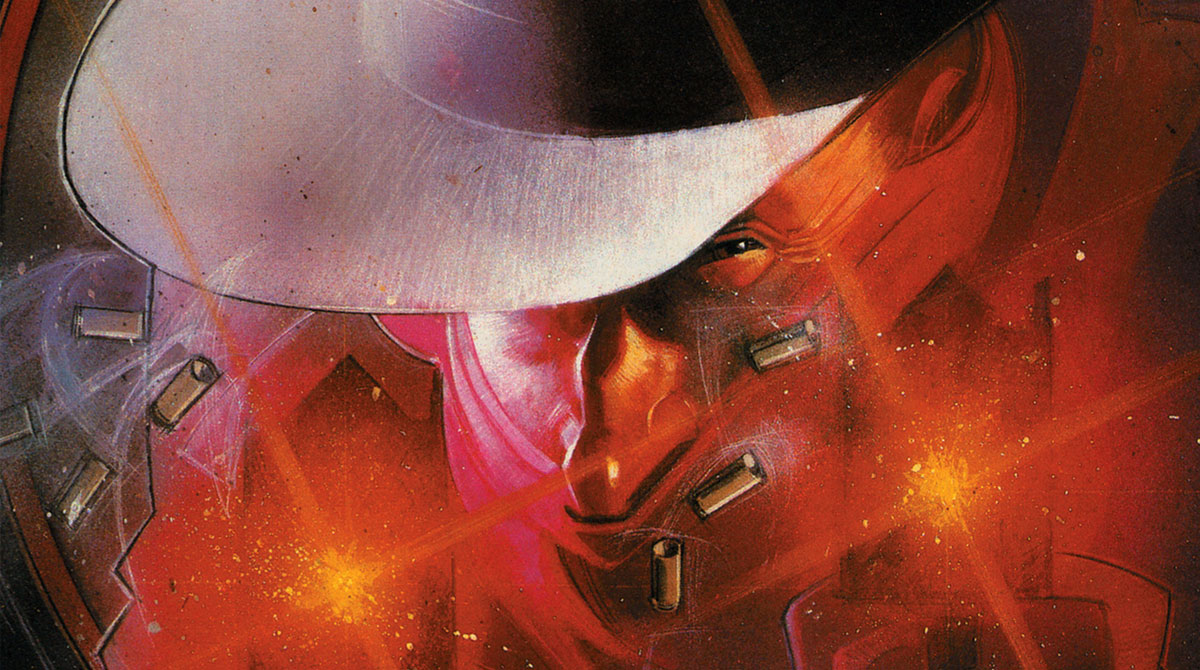

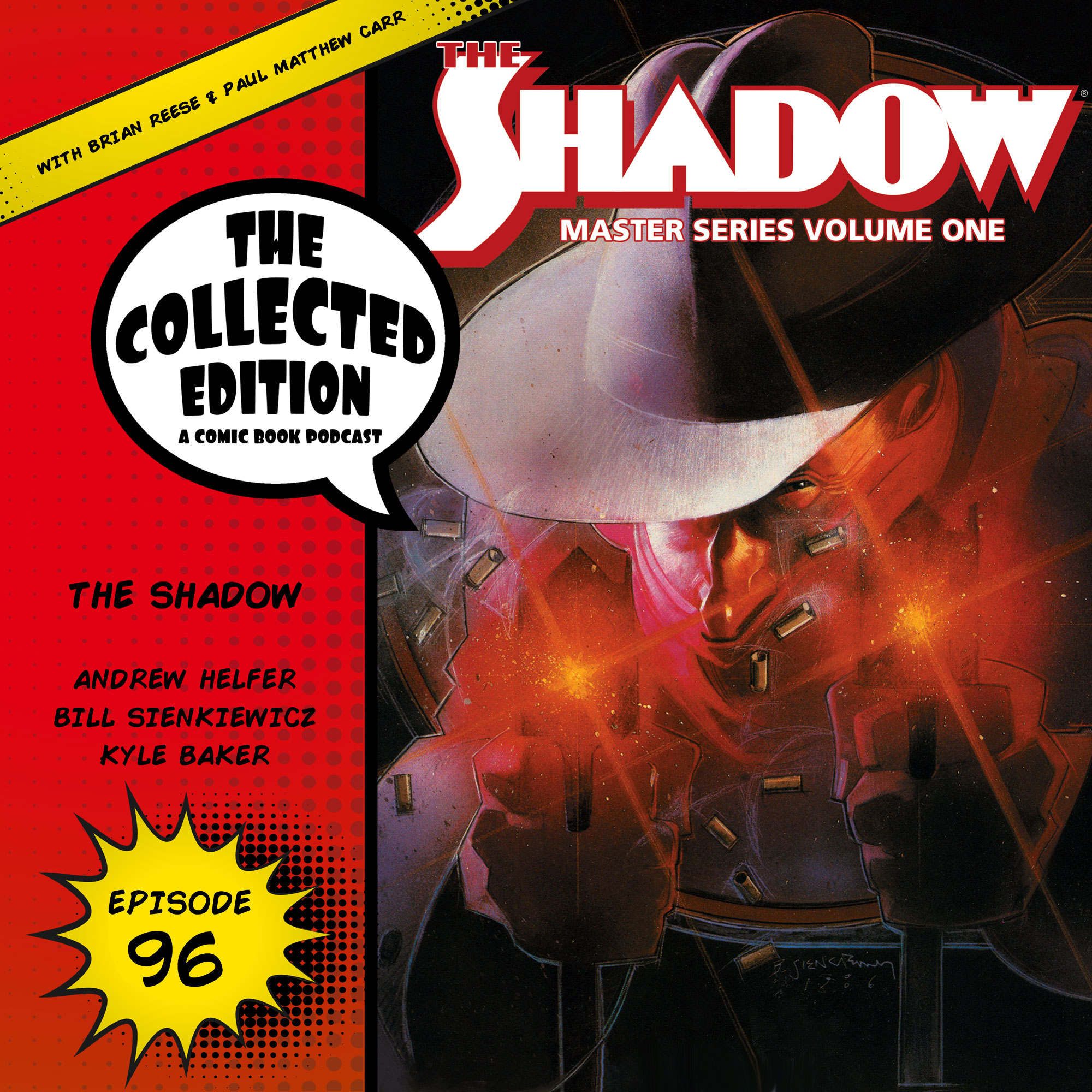
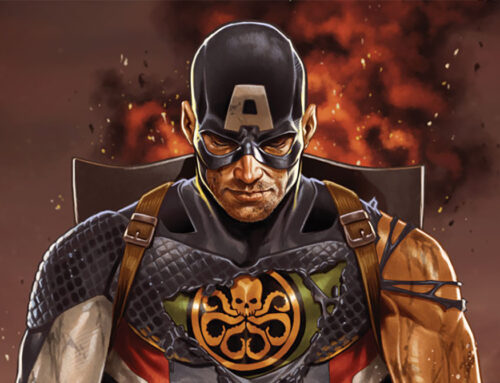
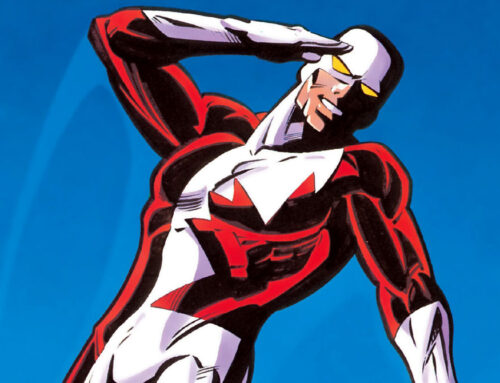
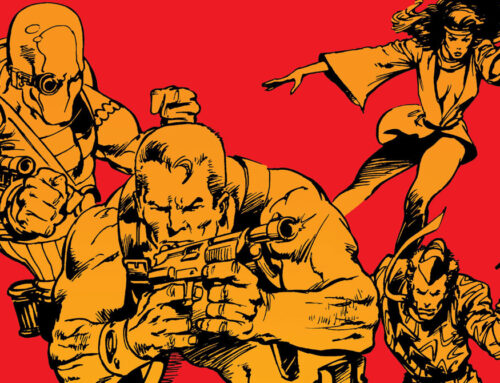
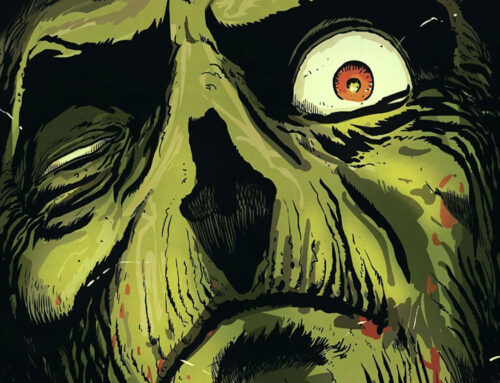
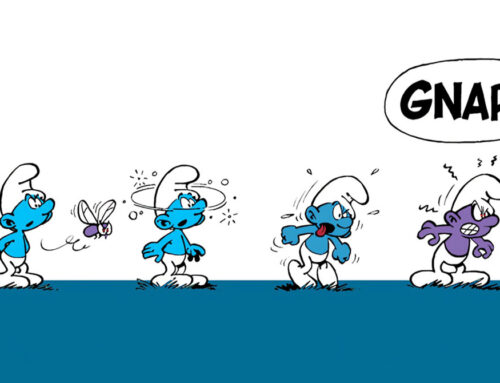
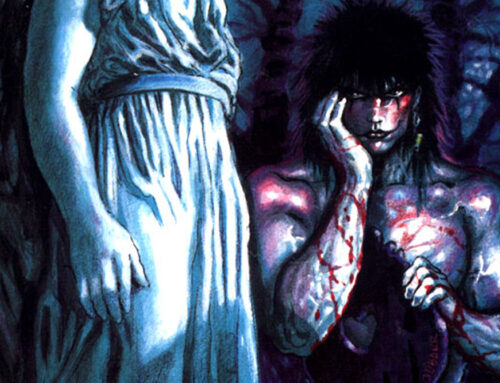

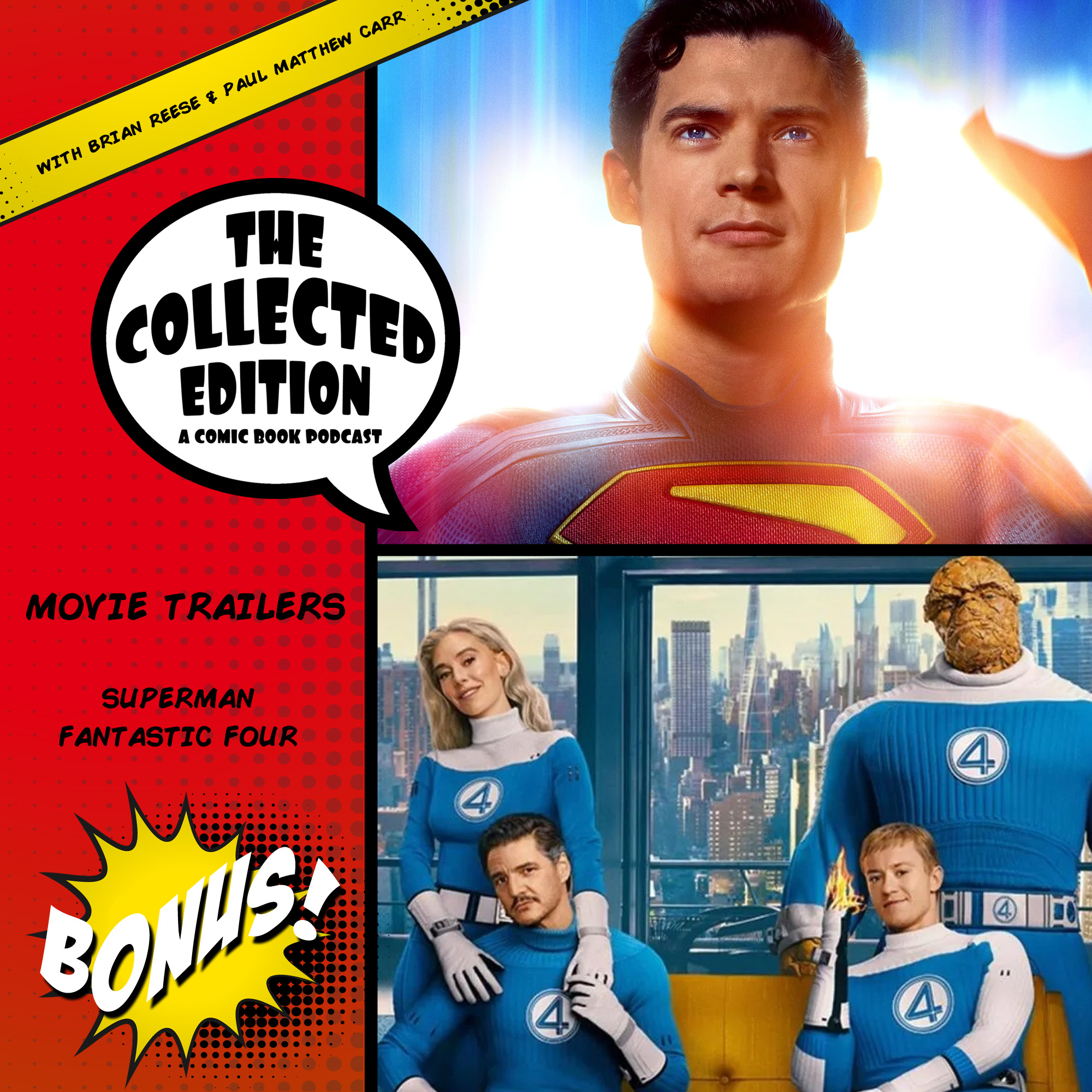
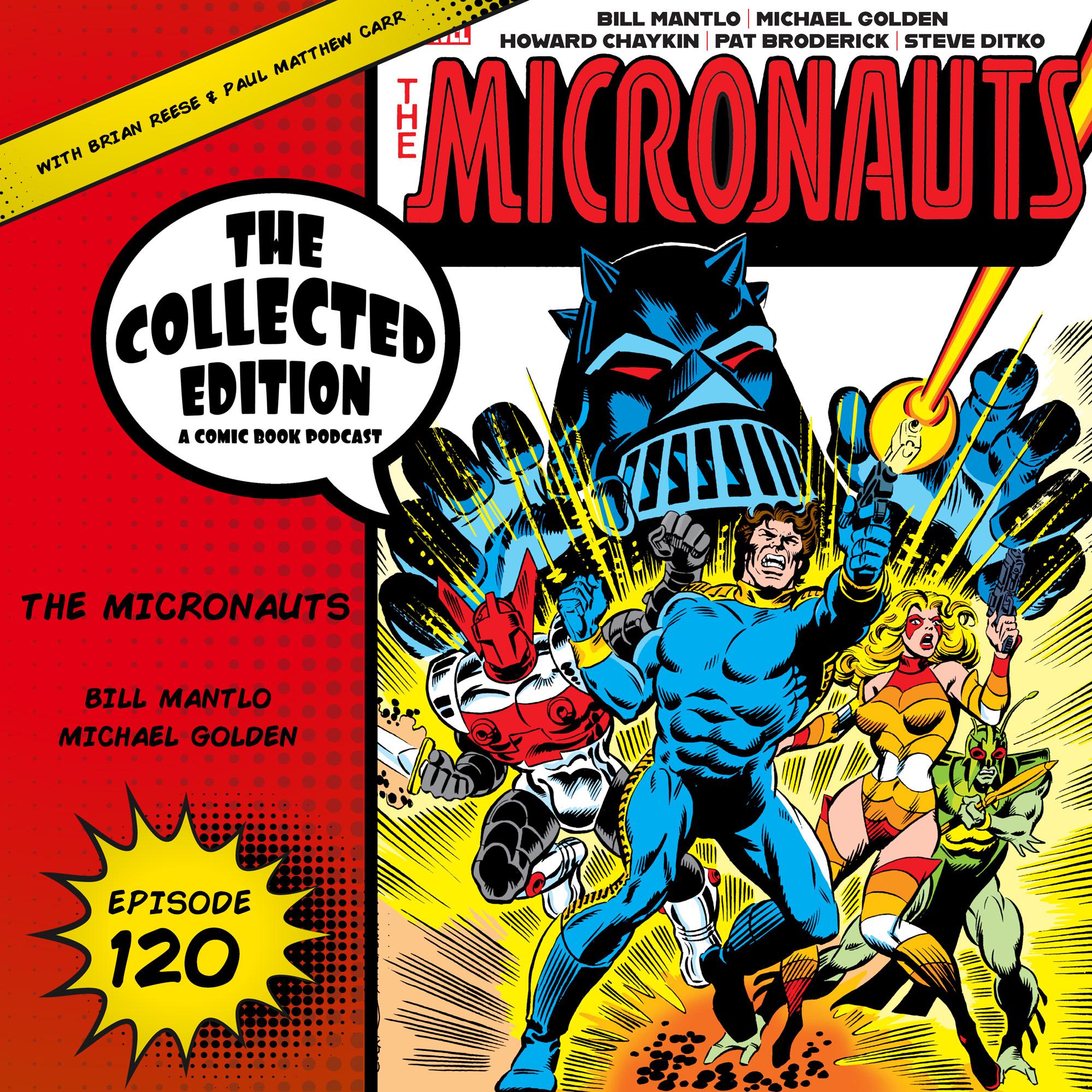
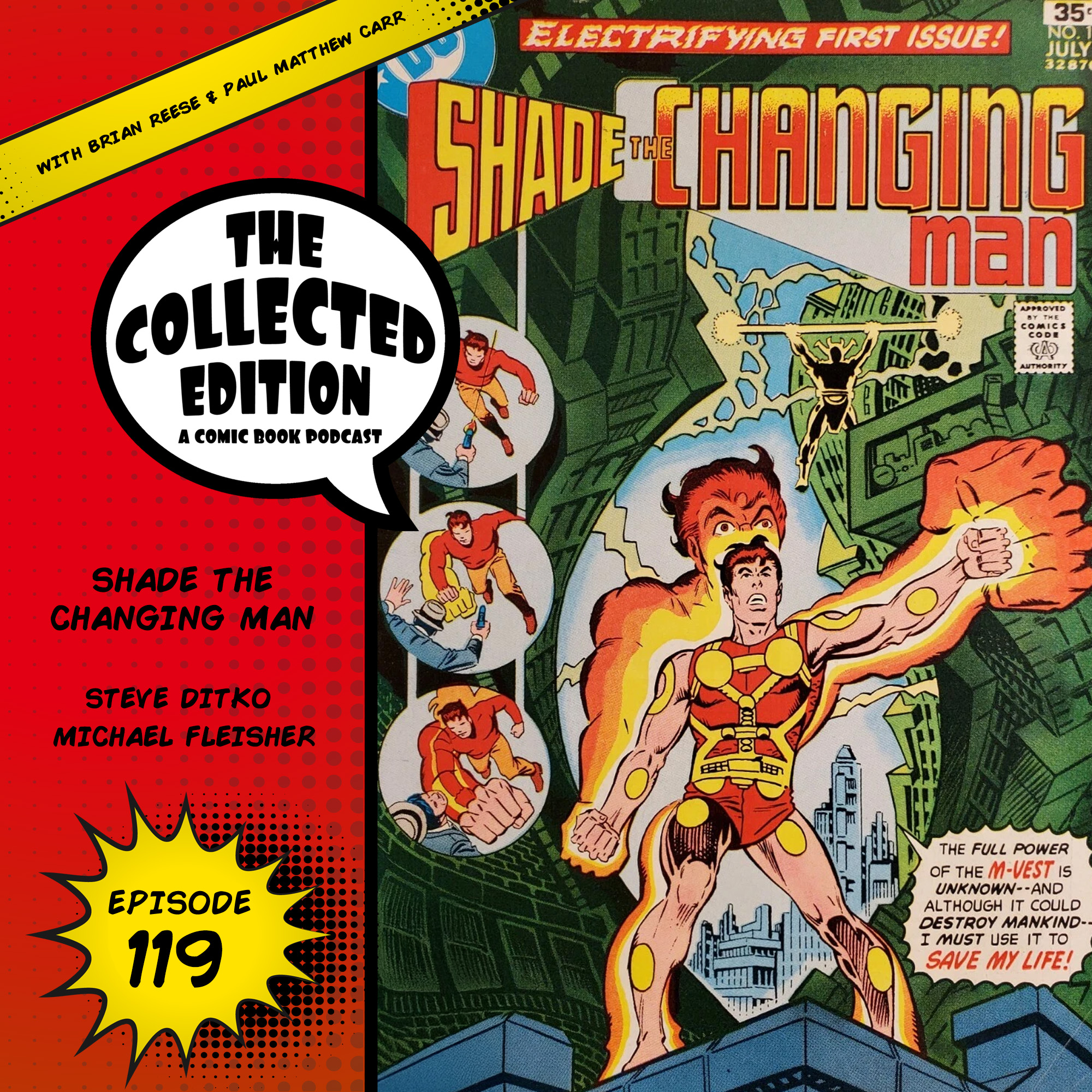
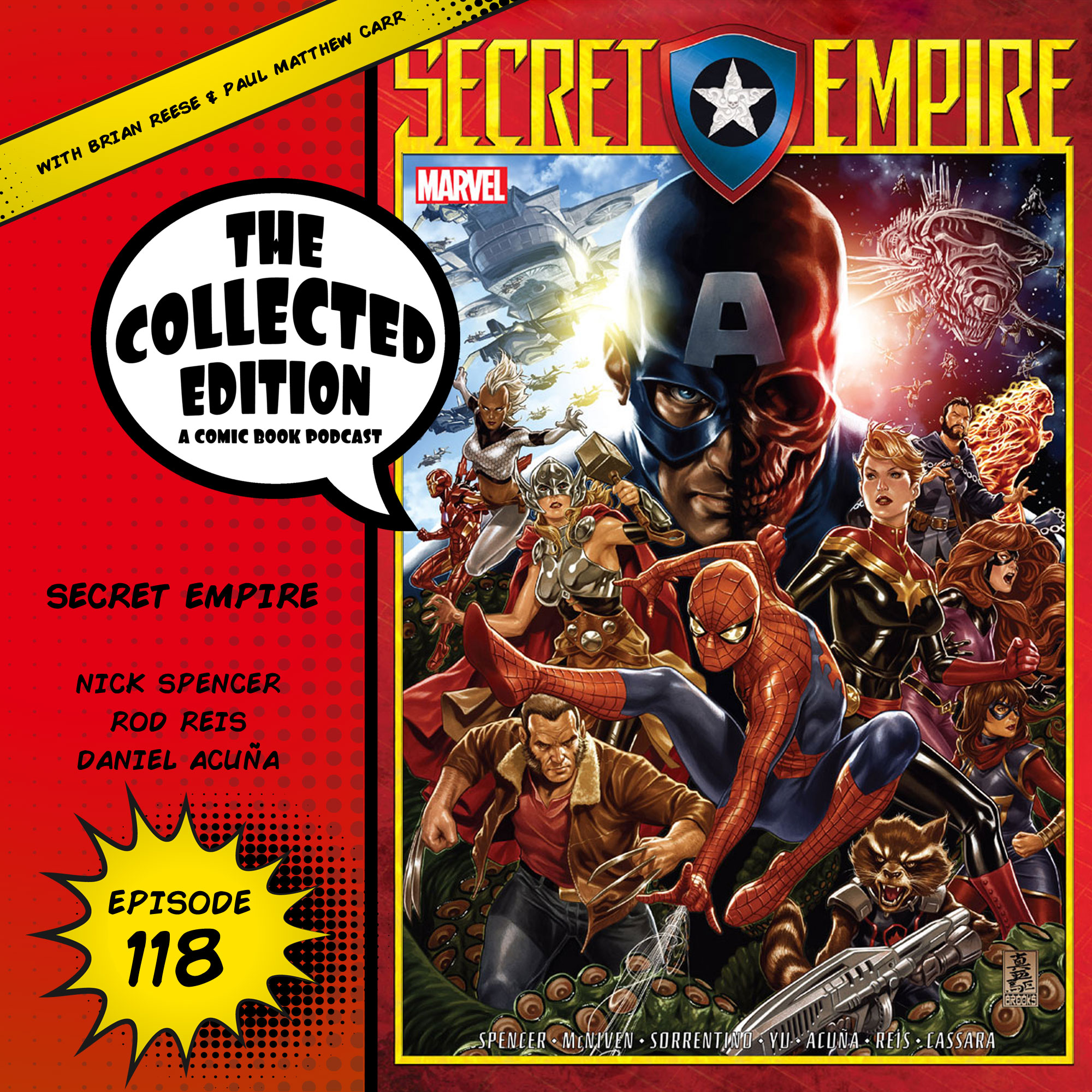
Leave A Comment